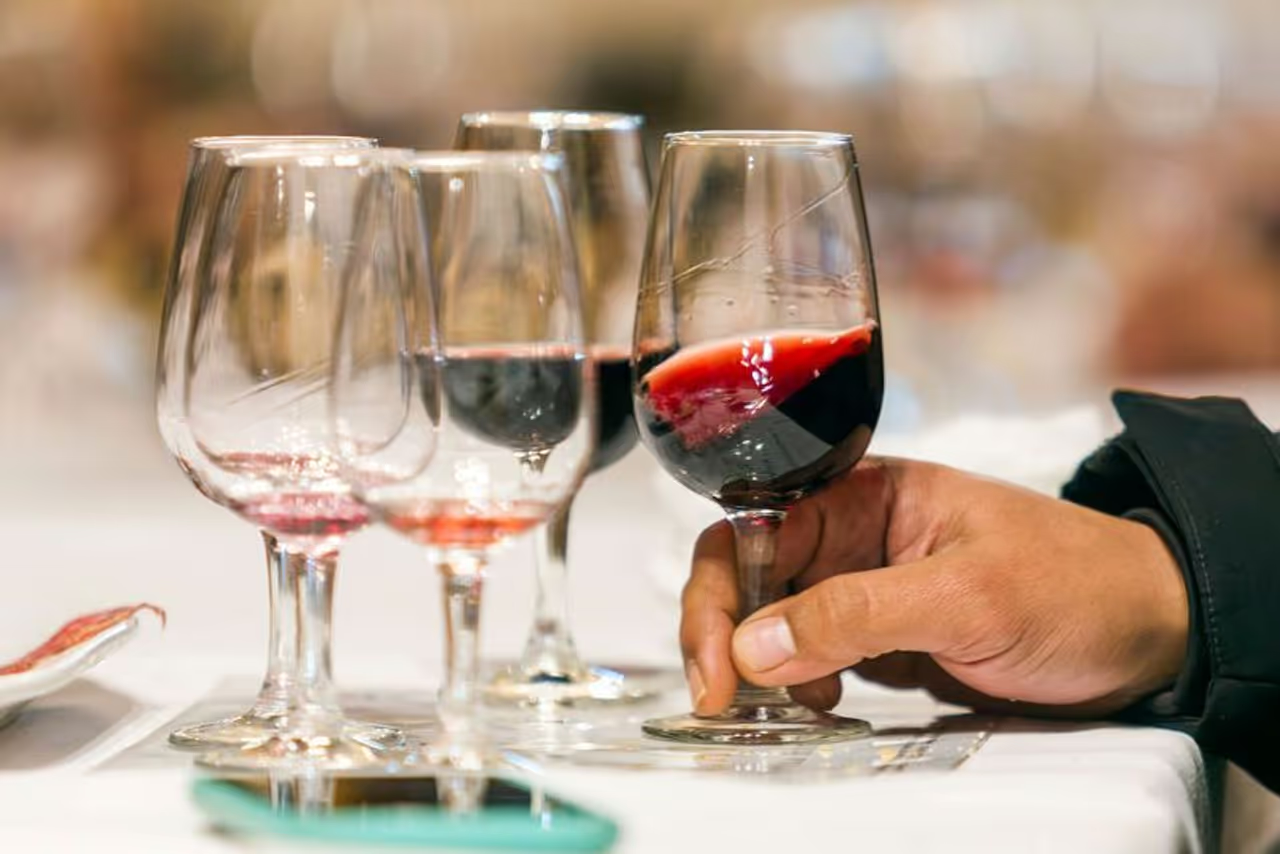Wine Day 2022: Here's a guide to understanding different types of wine
The terroir, grape varieties used, climate fluctuations, and winemaking procedures all contribute to the particular qualities of a wine.

Hello newbies!!! We understand that it is too difficult to understand which wine to try, especially for the first time in the world of wine. But, as it's May 25, wine lovers don't need a reminder for today; it's National Wine Day. However, the sheer number of wine varieties available may be overwhelming for beginners. Don't worry; we are here to explain each type and what's best to try with it.
The terroir, grape varieties utilised, climate fluctuations, and winemaking procedures all contribute to the particular qualities of a wine. In addition, wines manufactured from different grape varietals have various tannins and acidity levels, influencing their flavour.
Here's a basic overview of the types of wines,

1) Red Wines
Red wines are made out of black grapes, fermented with grape skins (which give the wine its red colour), seeds, and stems. Red wine contains a lot of tannins, which give it that bitter, dry taste in your mouth after you drink it. It tastes better with red meat, pizza, pasta, and burgers. Red wines are best served at or slightly below room temperature. This is due to the tannins in red wine becoming bitter when chilled. The darker or newer the red wine is the more tannins. Choose an older wine that will be less dry and bitter.
Also read: Benefits of red wine that will push you to add it to your skincare routine
2) White Wines
White wines are created using both white and black grapes. On the other hand, white wines are not fermented with grape skins. Instead, the skins are removed, leaving only the clear grape juice. As a result, white wine contains few tannins; its acidic nature defines its fresh, crisp, and tart flavours. It is best parried with chicken, fish, cheese, curries, salad and chips. To bring out the flavours of white wine, chill it before serving.
3) Rosé Wines
Rosé wine is distinguished by its blush or pink colour. This lovely colour is obtained by fermenting the juice of black grapes with the skins for a short period, ranging from a few hours to a few days until the liquid turns colour. It, like white wine, has low tannins, though some rosés are dry. Rosé is a crowd-pleaser, especially at summer parties, and a great choice as a starter wine due to its light, sweet flavour. This wine is best paired with salsa, cheese, fruits, chips and fish.
Also Read: France to drag Russia to WTO over new 'sparkling wine' law
4) Sparkling Wines
The term "bubbly" refers to sparkling wines that are carbonated. Carbon dioxide is a naturally occurring byproduct of fermentation and is used to make sparkling wines from black and white grapes. Champagne is the most well-known sparkling wine, and it is frequently served on New Year's Eve and at weddings. This is best to have with seafood, salad, fresh fruit, popcorn and soft cheese. Champagne is always served in tall, slender glasses to help retain the temperature and bubbles of the sparkling wine.
5) Dessert Wines
A dessert wine is made when the grape juice is only partially fermented, leaving some residual sugar in the wine. The wine's sweetness comes from the residual sugar. As the name implies, dessert wines are particularly sweet wines that are served with (or as) dessert after a meal. Best to have with cake, chocolate, and vanilla pudding.
Also Read: Shocking! Here is why Priyanka Chopra breaks glass of wine on her head- watch video
6) Fortified Wines
Wines with spirits like brandy added to them during the fermenting process are known as fortified wines. Because alcohol sweetens these wines, those with lower alcohol concentration are referred to as dessert wines and are also served with desserts. Best to have it with cheese, nuts, chocolate and tarts. The alcohol percentage of fortified wines is higher than that of ordinary wines.
Explore the latest Lifestyle News covering fashion, wellness, travel, Food and Recipes, and more. Stay updated with trending Health News, fitness tips, and expert insights to inspire your daily living. Discover personalized lifestyle trends that keep you stylish and informed. Download the Asianet News Official App from the Android Play Store and iPhone App Store for everything that adds value to your everyday life.